Pool Pump Troubleshooting Guide
A well-functioning pool pump is the heart of any swimming pool, ensuring that the water stays clean, clear, and safe for swimming. It circulates the water, distributing chemicals evenly and removing debris, thus playing a crucial role in maintaining the pool's hygiene. Without it, your pool can quickly become a breeding ground for algae, bacteria, and other unwanted contaminants, which not only affect the appearance of the pool but also pose health risks to swimmers. In this comprehensive guide, we'll walk you through how to troubleshoot common pool pump problems, provide preventive maintenance tips to keep your pump running smoothly, and help you understand when it's time to call in the experts. We'll also cover the importance of regular inspections and how to identify early signs of wear and tear, ensuring you can enjoy a pristine pool all season long.
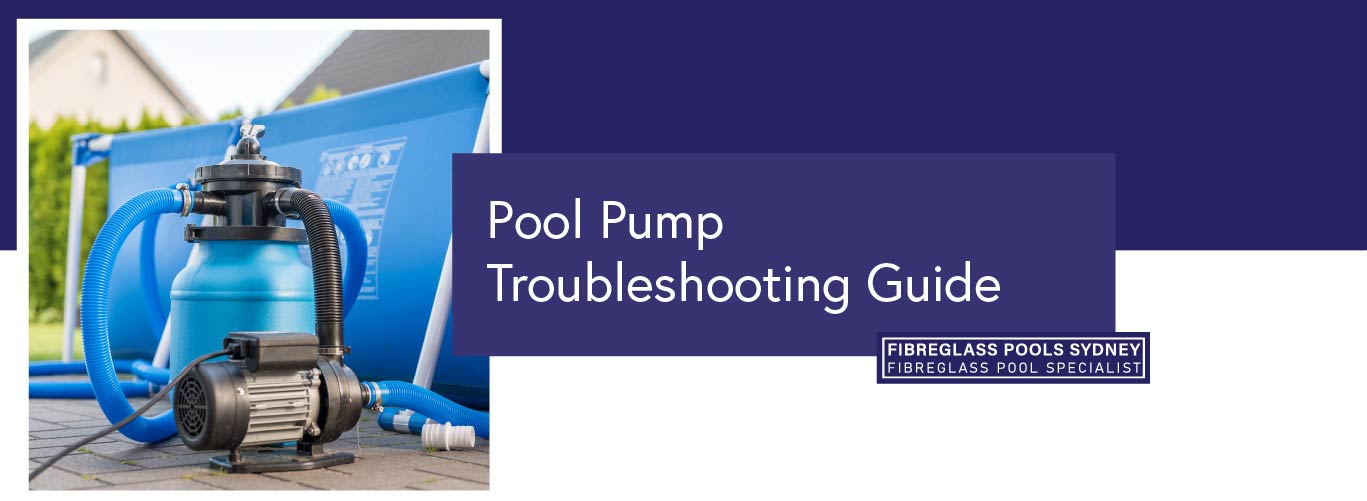
Signs Your Pool Pump Needs Troubleshooting
Before diving into the nitty-gritty of troubleshooting, it’s essential to recognise the symptoms indicating that your pool pump needs attention. Here are some common signs that your pool pump may be in distress:
Unusual Noises:
Grinding, screeching, or rattling sounds can indicate worn-out bearings or debris stuck in the pump.
Reduced Water Flow:
If you notice a weak water flow, it could be due to a clogged filter, pump impeller, or plumbing issues.
Air in the Pump Basket:
Bubbles or visible air in the pump basket can signify a leak on the suction side of the pump.
Leaks
Water pooling around the pump area could mean a faulty seal or loose plumbing connections.
Pump Not Turning On:
Electrical issues, a tripped breaker, or a blown fuse might be preventing your pump from starting.
Overheating:
Pumps that shut off unexpectedly or feel excessively hot could suffer from motor or ventilation problems.
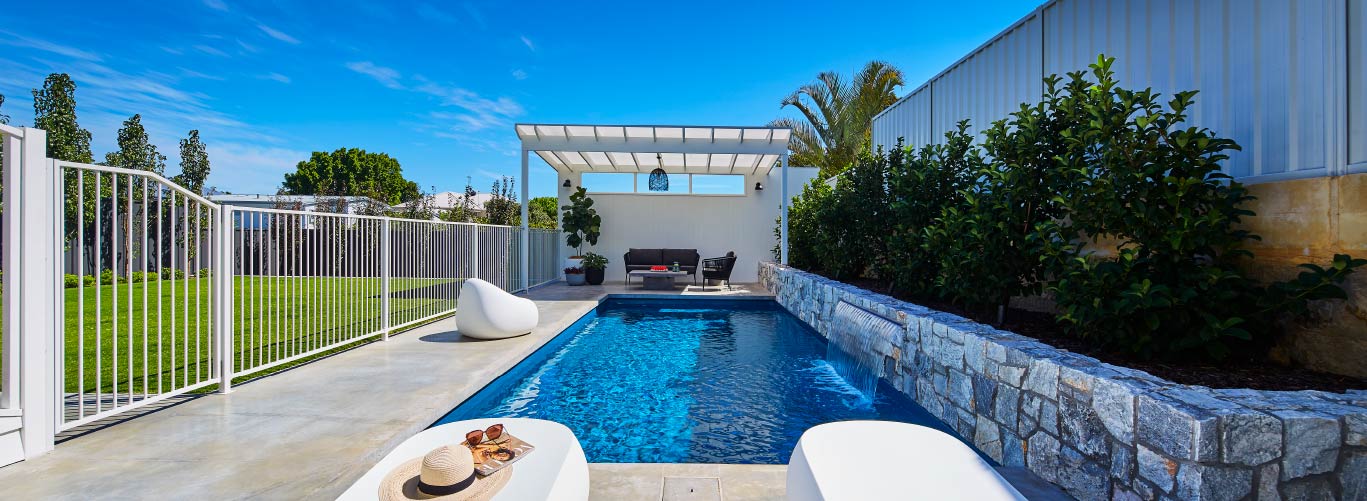
Step-by-Step Troubleshooting Guide
Now that you’re familiar with the warning signs, let’s explore step-by-step instructions to diagnose and fix these issues. We’ll walk you through each phase of the process, providing detailed guidance and practical tips to ensure you can effectively identify and resolve any problems that arise. By the end, you’ll have a comprehensive understanding of how to tackle these issues with confidence.
1. Check Power Supply
- Action: Verify that the pump is plugged in and the breaker hasn’t tripped.
- Solution: Reset any tripped breakers or replace blown fuses. Ensure the timer settings are correct.
2. Inspect the Pump Basket
- Action: Turn off the pump and open the pump basket lid.
- Solution: Remove any debris that may be blocking the impeller and clean the basket thoroughly.
3. Examine the Pool Filter
- Action: Backwash or clean the filter according to the manufacturer’s instructions.
- Solution: Replace the filter medium if it’s old or damaged.
4. Check for Air Leaks
- Action: Inspect the pump lid O-ring and all suction-side connections.
- Solution: Replace any worn-out O-rings and ensure tight connections to prevent air from entering the system.
5. Test the Motor
- Action: Listen for unusual noises and check for overheating.
- Solution: Lubricate the bearings if possible, or consider replacing the motor if it’s beyond repair..
6. Assess the Impeller
- Action: Disassemble the pump housing to access the impeller.
- Solution: Clear any debris blocking the impeller and ensure it spins freely. Replace if damaged.
7. Confirm Proper Priming
- Action: Ensure the pump is fully primed before turning it on.
- Solution: Fill the pump basket with water and tightly secure the lid before starting the pump.
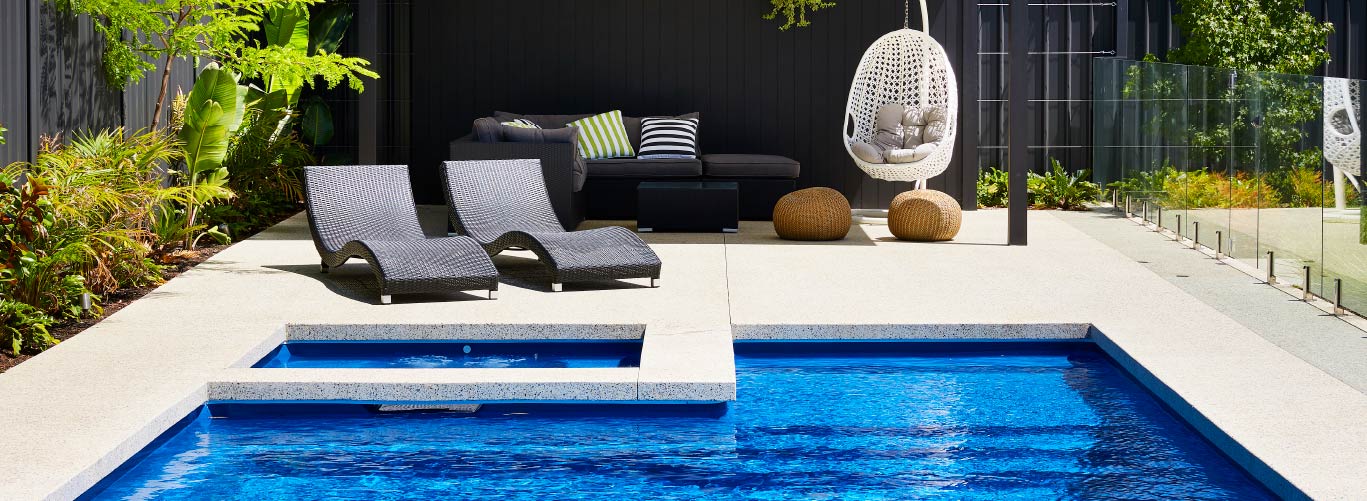
Preventative Maintenance Tips
Prevention is better than cure. Follow these tips to keep your pool pump in top condition and extend its lifespan. Regularly clean the filter to ensure optimal water flow, check for leaks around the pump area, and schedule periodic professional maintenance. By taking these steps, you’ll enjoy a well-functioning pool pump and save on costly repairs in the long run.
Regular Cleaning:
Clean the pump basket and pool skimmers weekly to prevent debris buildup.
Monitor Water Levels:
Maintain the appropriate water level to avoid air entering the pump system.
Schedule Routine Inspections:
Monthly checks of the pump, plumbing, and filter can catch issues before they escalate.
Seasonal Shutdowns:
Properly winterise your pump if you live in a region with freezing temperatures to prevent freeze damage.
Professional Servicing:
Annual professional inspections can identify and fix potential problems that DIY maintenance might miss.
Professional Help: When to Call in the Experts
While DIY troubleshooting and maintenance can resolve many pool pump issues, some situations require professional intervention. Persistent leaks, unusual noises, or a sudden drop in performance can indicate more complex underlying problems. Trying to fix these without proper expertise might lead to more damage or void warranties. Here’s when to call in the experts: when you’ve exhausted basic fixes, notice electrical issues, or suspect internal component failures.
Persistent Electrical Issues:
If resetting breakers or replacing fuses doesn’t resolve electrical problems, consult an electrician.
Major Leaks:
Leaks that persist despite tightening connections or replacing O-rings may require professional plumbing services.
Motor Malfunctions:
Unusual noises or overheating that persist after basic troubleshooting often indicate motor problems that need expert repair or replacement.
Complex Mechanical Failures:
Issues with internal components like the impeller or bearings that require disassembly and specialised tools should be handled by professionals.
A well-maintained pool pump is crucial for keeping your pool water clean, safe, and enjoyable. By recognizing the signs of trouble, such as strange noises, decreased water flow, or leaks, and following our comprehensive step-by-step troubleshooting guide, you can address issues before they escalate. Additionally, performing regular preventative maintenance like cleaning the pump basket, backwashing the filter, and checking for wear and tear on parts, will help keep your pool pump running smoothly.
Remember, when in doubt, don’t hesitate to call in the experts to ensure your pool remains a pristine oasis. They can provide professional inspections and advanced repairs that might be beyond DIY capabilities.
Regular maintenance and timely troubleshooting will not only extend the life of your pool pump but also save you from costly repairs and replacements down the line. Enjoy the peace of mind that comes with a well-maintained pool system, and happy swimming!
Pool Pump Troubleshooting Guide
A well-functioning pool pump is the heart of any swimming pool, ensuring that the water stays clean, clear, and safe for swimming. It circulates the water, distributing chemicals evenly and removing debris, thus playing a crucial role in maintaining the pool's hygiene. Without it, your pool can quickly become a breeding ground for algae, bacteria, and other unwanted contaminants, which not only affect the appearance of the pool but also pose health risks to swimmers. In this comprehensive guide, we'll walk you through how to troubleshoot common pool pump problems, provide preventive maintenance tips to keep your pump running smoothly, and help you understand when it's time to call in the experts. We'll also cover the importance of regular inspections and how to identify early signs of wear and tear, ensuring you can enjoy a pristine pool all season long.
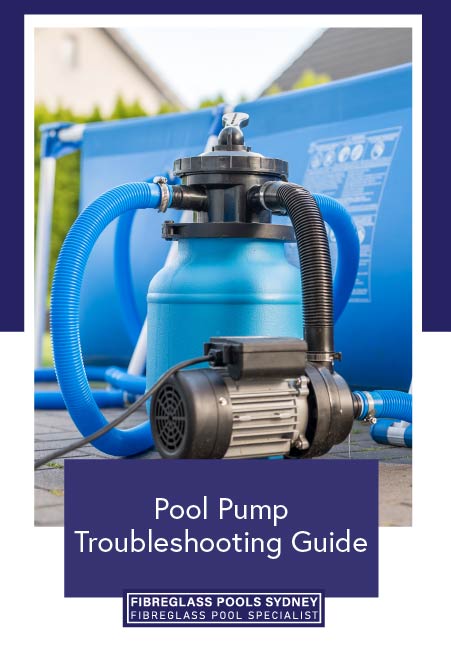
Signs Your Pool Pump Needs Troubleshooting
Before diving into the nitty-gritty of troubleshooting, it’s essential to recognise the symptoms indicating that your pool pump needs attention. Here are some common signs that your pool pump may be in distress:
Unusual Noises:
Grinding, screeching, or rattling sounds can indicate worn-out bearings or debris stuck in the pump.
Reduced Water Flow:
If you notice a weak water flow, it could be due to a clogged filter, pump impeller, or plumbing issues.
Air in the Pump Basket:
Bubbles or visible air in the pump basket can signify a leak on the suction side of the pump.
Leaks
Water pooling around the pump area could mean a faulty seal or loose plumbing connections.
Pump Not Turning On:
Electrical issues, a tripped breaker, or a blown fuse might be preventing your pump from starting.
Overheating:
Pumps that shut off unexpectedly or feel excessively hot could suffer from motor or ventilation problems.
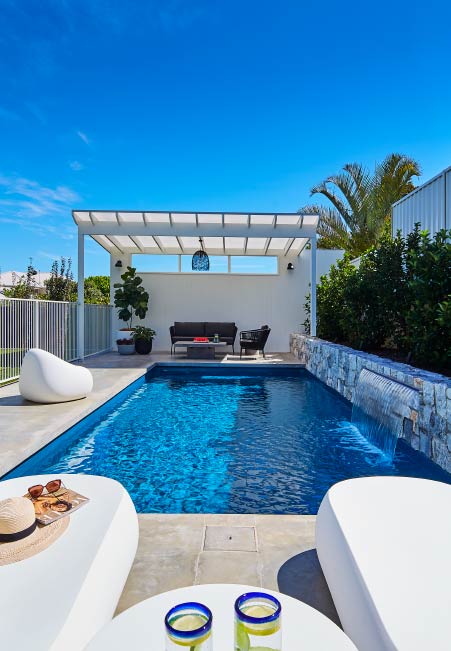
Step-by-Step Troubleshooting Guide
Now that you’re familiar with the warning signs, let’s explore step-by-step instructions to diagnose and fix these issues. We’ll walk you through each phase of the process, providing detailed guidance and practical tips to ensure you can effectively identify and resolve any problems that arise. By the end, you’ll have a comprehensive understanding of how to tackle these issues with confidence.
1. Check Power Supply
- Action: Verify that the pump is plugged in and the breaker hasn’t tripped.
- Solution: Reset any tripped breakers or replace blown fuses. Ensure the timer settings are correct.
2. Inspect the Pump Basket
- Action: Turn off the pump and open the pump basket lid.
- Solution: Remove any debris that may be blocking the impeller and clean the basket thoroughly.
3. Examine the Pool Filter
- Action: Backwash or clean the filter according to the manufacturer’s instructions.
- Solution: Replace the filter medium if it’s old or damaged.
4. Check for Air Leaks
- Action: Inspect the pump lid O-ring and all suction-side connections.
- Solution: Replace any worn-out O-rings and ensure tight connections to prevent air from entering the system.
5. Test the Motor
- Action: Listen for unusual noises and check for overheating.
- Solution: Lubricate the bearings if possible, or consider replacing the motor if it’s beyond repair..
6. Assess the Impeller
- Action: Disassemble the pump housing to access the impeller.
- Solution: Clear any debris blocking the impeller and ensure it spins freely. Replace if damaged.
7. Confirm Proper Priming
- Action: Ensure the pump is fully primed before turning it on.
- Solution: Fill the pump basket with water and tightly secure the lid before starting the pump.
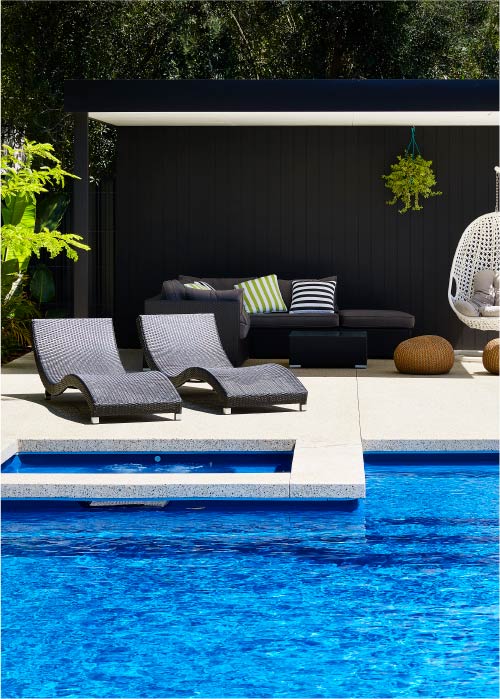
Preventative Maintenance Tips
Prevention is better than cure. Follow these tips to keep your pool pump in top condition and extend its lifespan. Regularly clean the filter to ensure optimal water flow, check for leaks around the pump area, and schedule periodic professional maintenance. By taking these steps, you’ll enjoy a well-functioning pool pump and save on costly repairs in the long run.
Regular Cleaning:
Clean the pump basket and pool skimmers weekly to prevent debris buildup.
Monitor Water Levels:
Maintain the appropriate water level to avoid air entering the pump system.
Schedule Routine Inspections:
Monthly checks of the pump, plumbing, and filter can catch issues before they escalate.
Seasonal Shutdowns:
Properly winterise your pump if you live in a region with freezing temperatures to prevent freeze damage.
Professional Servicing:
Annual professional inspections can identify and fix potential problems that DIY maintenance might miss.
Professional Help: When to Call in the Experts
While DIY troubleshooting and maintenance can resolve many pool pump issues, some situations require professional intervention. Persistent leaks, unusual noises, or a sudden drop in performance can indicate more complex underlying problems. Trying to fix these without proper expertise might lead to more damage or void warranties. Here’s when to call in the experts: when you’ve exhausted basic fixes, notice electrical issues, or suspect internal component failures.
Persistent Electrical Issues:
If resetting breakers or replacing fuses doesn’t resolve electrical problems, consult an electrician.
Major Leaks:
Leaks that persist despite tightening connections or replacing O-rings may require professional plumbing services.
Motor Malfunctions:
Unusual noises or overheating that persist after basic troubleshooting often indicate motor problems that need expert repair or replacement.
Complex Mechanical Failures:
Issues with internal components like the impeller or bearings that require disassembly and specialised tools should be handled by professionals.
A well-maintained pool pump is crucial for keeping your pool water clean, safe, and enjoyable. By recognizing the signs of trouble, such as strange noises, decreased water flow, or leaks, and following our comprehensive step-by-step troubleshooting guide, you can address issues before they escalate. Additionally, performing regular preventative maintenance like cleaning the pump basket, backwashing the filter, and checking for wear and tear on parts, will help keep your pool pump running smoothly.
Remember, when in doubt, don’t hesitate to call in the experts to ensure your pool remains a pristine oasis. They can provide professional inspections and advanced repairs that might be beyond DIY capabilities.
Regular maintenance and timely troubleshooting will not only extend the life of your pool pump but also save you from costly repairs and replacements down the line. Enjoy the peace of mind that comes with a well-maintained pool system, and happy swimming!


